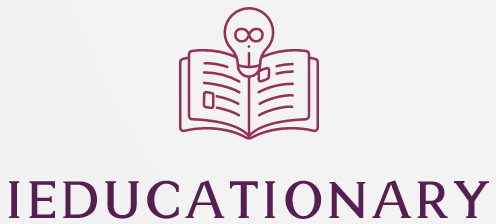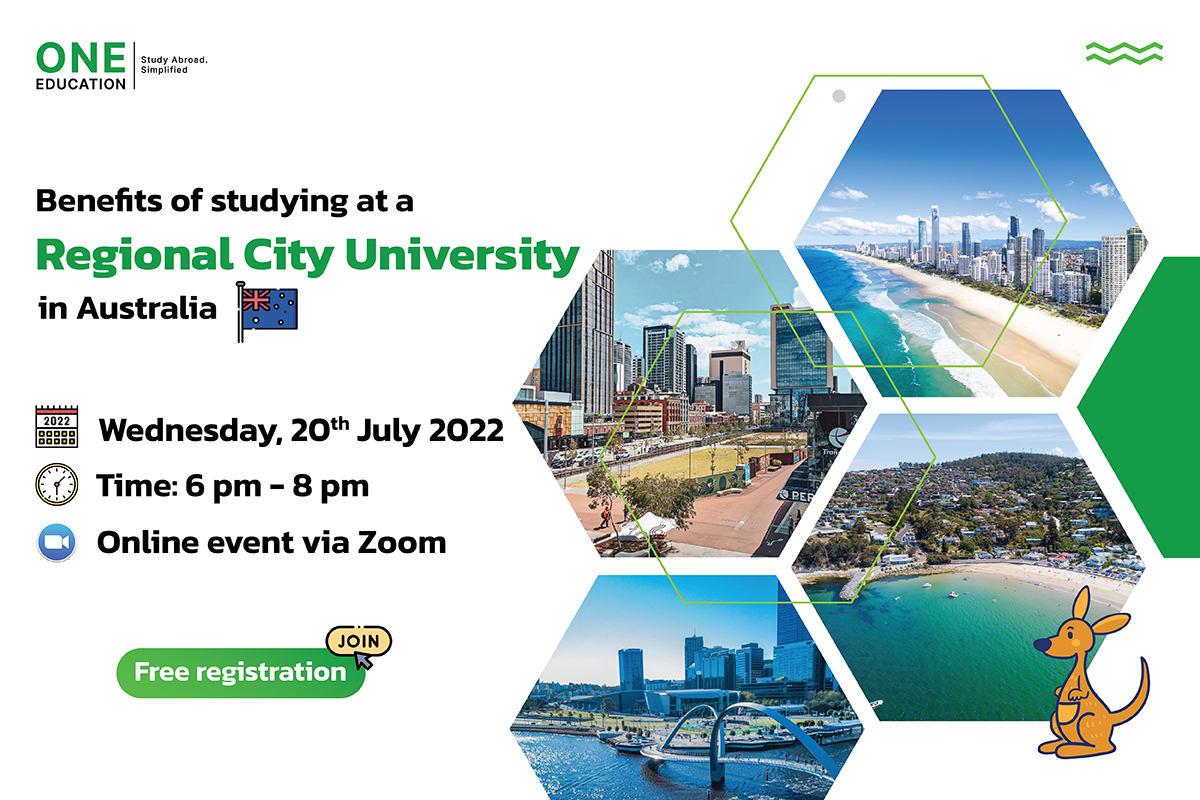In Australia, tertiary education is not free. You will have to pay for the costs of a university education, but the Commonwealth government provides some subsidies and loans to help students pay for their studies. In addition to TAFE, the University of Melbourne and Australia National University offer free education, and you can take advantage of these programs. Here are the benefits and requirements of these programs. Read on to find out if they are for you.
TAFE
If you’re considering going to university, TAFE is an excellent option. TAFE offers courses at both certificate and diploma levels and meets high industry standards. Many courses are practical in nature, and many are conducted alongside workplaces, offering on-the-job training. In contrast, universities teach higher-level courses, which may not be appropriate for every profession. However, removing TAFE fees will give thousands of Australian students the chance to further their education, without compromising their jobs.
Under the Greens’ plan, TAFE and university education would be free for all. The government would boost funding for tertiary institutions and increase the Youth Allowance to support students with living expenses. But the Greens’ plans would go much further than this. In fact, they plan to change the way education is viewed in Australia. In the past, the Liberal and Labor parties have treated education like a piggy bank, and TAFE and university education as a means of accumulating skills and money. By introducing this plan, they will end decades of saddling students with debt and poorer job prospects.
Western Sydney University
As one of the largest universities in Australia, Western Sydney University aims to provide an exceptional education for its students at no charge. This university is home to over 45,000 students and offers world-class teaching and research in over 100 areas of study. With a free tuition policy, Western Sydney University is the perfect place for international students to gain a valuable experience and gain the qualifications they need to succeed in the real world.
For international students, the cost of living at the university varies widely. For example, the cost of living for one student can be between 19,713 AUD and twenty-four hundred and eighty-eight dollars per week. The tuition fee can increase to forty-seven hundred and ninety-seven thousand dollars AUD if you have any dependents. There are several pathways to university studies at Western Sydney University, and the selection is based primarily on academic merit. For example, if you are an Indian student and have achieved at least 70% marks in your four core subjects in the 12th grade, you may qualify for an increase in selection rank. However, it is important to note that this adjustment is not available for all courses, and the university does not give preference to students who have completed other qualifications.
University of Melbourne
The University of Melbourne is a free university in Australia. Founded in 1991, the university has seven campuses in Melbourne, Australia, and extra campuses in Rome, Italy. Over 32,000 undergraduates from more than 160 countries attend classes at the University. Its location and social life are praised by students. Its programs cover more than 100 majors and are also known for their interdisciplinary programs. Students can also enjoy the campus’s cafes, specialty boutiques, and small grocery.
The University of Melbourne is also known for its scholarship program, which is the largest in Australia. Scholarships are given to students who have demonstrated exceptional academic achievement. The University of Melbourne is committed to ensuring that students from underprivileged backgrounds can study at the university and achieve their full potential. Despite the recent criticisms, scholarships remain free for most disadvantaged students. And, because of the University’s high quality, students have no excuse to choose another university.
Australia National University
The free university education in Australia was introduced in 1974. It was the brainchild of Gough Whitlam, Australia’s prime minister during the radical reform era. Despite its high-profile support, the idea has had mixed results in Australia. Many universities are ranked below the top 20 in the world for staff-to-student ratio, with many teaching under qualified, temporary staff. And while the UPNG does not look like any of the Go8 universities, the problems facing Australian universities are similar.
The Whitlam government introduced the policy because they wanted to make higher education more accessible to the working class. Unfortunately, the Hawke Government felt that free university education was not sustainable and opted to introduce the HECS system. Despite the NTEU’s efforts, this policy did not work out well for Australia. Despite this, free university education in Australia remains a highly valued goal for the government. In fact, the HECS system is considered a stepping stone to a free university.
Australia Awards Scholarships
The Australia Awards Scholarships for university education are offered to international students from developing countries in the Indo-Pacific region. The scholarships cover full tuition fees, return air travel, introductory academic course fees, and Overseas Student Health Cover. The program covers the minimum duration necessary to complete an academic program, and includes any preparatory training required by the applicant’s home country. However, there are certain eligibility criteria for this program.
For consideration, applicants must be at least 18 years old and be a citizen of one of the participating countries. The list of participating countries includes 15 Asian nations, 11 Pacific nations, and the Palestinian Territories. English language proficiency is also a requirement. Applicants must have an IELTS score of 6.5 or higher, and the TOEFL iBT is a must. They must also meet the admission requirements for their chosen university, as well as meet the requirements for a student visa from the Department of Home Affairs.

